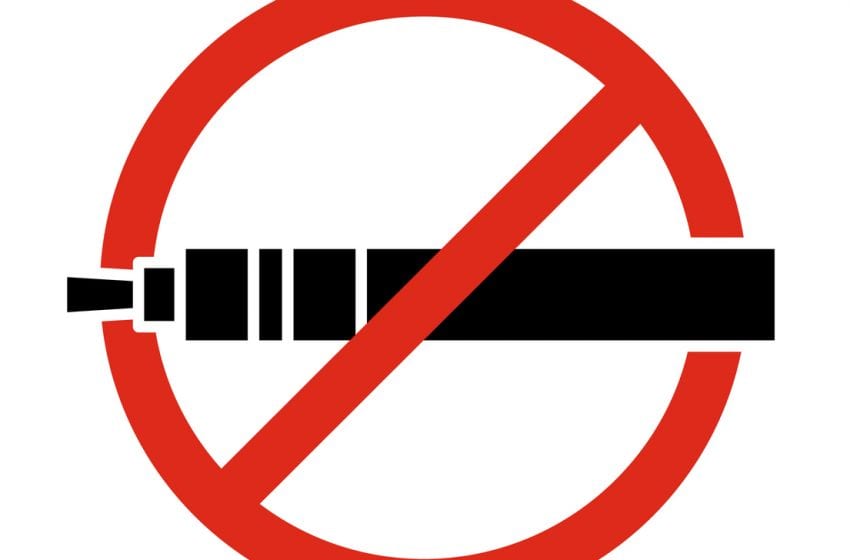A smokers’ group has criticised the targets set by the UK government in its new Tobacco Control Plan (TCP) and called on ministers to consult consumers before introducing any further measures.
According to the Department of Health, the objectives of the TCP are, by 2022, to:
- reduce the number of 15-year-olds who regularly smoke from eight percent to three percent or less;
- reduce smoking among adults in England from 15.5 percent to 12 percent or less;
- reduce the inequality gap in smoking prevalence, between those in routine and manual occupations and the general population; and
- reduce the prevalence of smoking in pregnancy from 10.5 percent to six percent or less.
“Setting targets encourages punitive measures,” said Simon Clark (pictured), director of the smokers’ group Forest. “The best tobacco control plan puts education and choice ahead of prohibition and coercion.”
Commenting on the commitment to extend smoking bans to all hospitals, mental health facilities and prisons, Clark said that in the 21st century tobacco control policies should focus on harm reduction products, not on prohibition and other restrictive practises.
“E-cigarettes and other harm reduction products are a game-changer because they offer consumers a pleasurable yet safer alternative to smoking,” he said.
“If however adults choose to smoke that is their right and it must be respected. Denormalising or punishing smokers is unacceptable.
“The most important stakeholder is the consumer yet they are routinely ignored by government. Ministers should stop lecturing smokers and engage with them.”
Meanwhile, the TCP report, Towards a smoke-free generation: a tobacco control plan for England, has been welcomed by the UK Vaping Industry Association (UKVIA), which says that it provides two key measures relevant to vaping:
- Public Health England will update their evidence report on e-cigarettes annually until the end of the Parliament in 2022 and will include messages about the relative safety of e-cigarettes within quit smoking campaigns; and
- the government will review where the UK’s exit from the EU offers opportunities to review current regulation to identify where the UK can sensibly deregulate [and] will assess recent legislation such as the Tobacco Products Directive, including as it applies to e-cigarettes.
In welcoming the TCP, Doug Mutter, a UKVIA board member and head of manufacturing & compliance at Vaporized, said the TCP contained welcome measures that the UKVIA had been calling for.
“Public Health England has stated vaping is at least 95 percent less harmful than smoking, and it is about time we made this clear to smokers,” said Mutter. “That’s why we are particularly pleased to see the commitment that from now on this will be highlighted as part of Public Health England’s anti-smoking campaigns, a missed opportunity to date.
“We also welcome the plan’s commitment to relook at the EU Tobacco Product Directive, and its impact on vaping products. The contradictory situation where vaping products are treated like tobacco, though they contain none, cannot continue.
“The UKVIA will be pushing government to turn these words into action. Britain is a world-leader in health policy, and it is about time we had regulations that reflect our country’s own public health priorities.”
The TCP report is at: https://www.gov.uk/government/uploads/system/uploads/attachment_data/file/629455/Towards_a_Smoke_free_Generation_-_A_Tobacco_Control_Plan_for_England_2017-2022.pdf.









